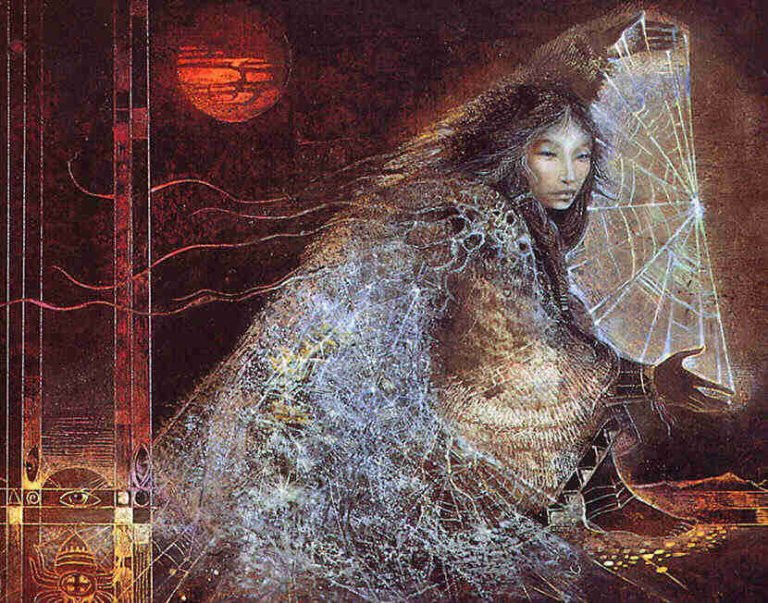Textiles Are Woven Into Our Society
In a digital age slowly pulling away from tangibility and historic traditions, it can be easy to forget the immense impact of textiles on societies both past and present. Although few people consciously interact with textiles or handcraft on a daily basis, every person’s life is touched by textiles in ways they may not realize. Thousands of years of human history are intertwined with textiles and have created customs deeply entrenched into humankind.
In the English language alone, textile symbolism is extremely prevalent in speech. We use "spinning a yarn” to mean telling a story, refer to marriage as “tying the knot”, and visualize humanity as a “social fabric”. Such phrases are extremely commonplace and the speaker may not even understand how they are referring to textiles. For example, most people use “shuttle” to mean a bus that takes riders to and from a locatioin, but the origin refers to the shuttle of a loom which goes back and forth, weaving through the threads. In this way, textile-speak has been interwoven into the vernacular of modern society without many of the users understanding the since-faded origins.
Because textiles are so universal, with nearly every culture having some form of textile craft in order to make clothing, textile symbolism can be found in myths from around the world. String is referenced as a representation of fate in both Greek and Chinese mythology, with the binding or tying aspect used to conceptualize the inevitability and inescapability of the future. In Navajo legend, the Spider Grandmother was the creator of the universe, weaving it together at the beginning of time. Spiders also feature in the Japanese story depicting how clouds were woven out of cotton by a spider girl, which explains why the Japanese word for cloud and spider is the same: kumo. These stories reflect the great importance of weaving and textiles in cultures across the globe, as well as human tendency to relate difficult ideas such as creation and destiny to tangible representations.
Depiction of Spider Grandmother from Navajo folklore
Textiles themselves also play an enormous role in how humans visualize their existence due in part to the presence of textiles during important life events. The first thing that babies touch after their mother is a swaddling cloth, brides are adorned in special garments on their wedding day, and mourners don black to show their grief. Throughout stages of life ranging from celebratory to somber, textiles are representative of the passage of time through tradition and custom.
Due to the industrialization and retreat from homemade textiles, everyday people are distanced from the textiles in their life and don’t always recognize the importance and symbolic heritage that fabric can hold. However, speech, mythology, and tradition continues to be passed down and retains the significance of textiles to humankind.


